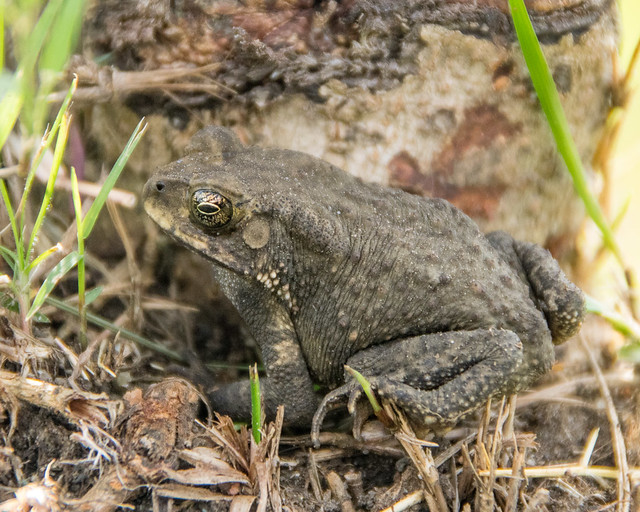Thursday, 9 April 2020
10 Surprising Facts about Frogs and Toads
1. Toads and frogs have a lot in common. In fact, toads are a type of frog. But there are some differences. Most frogs have long legs and smooth, moist skin. Toads have shorter legs and their skin is dry and bumpy. Frogs lay their eggs in a clump that looks like a bunch of grapes. Toads lay long strands of eggs on underwater plants. Frogs have teeth; toads don’t.
2. Tree frogs don’t always live in trees, but all of them have toe pads to help them grip and climb. Some tree frogs are small and brightly coloured like the tropical Red-eyed Tree Frog. Others, like the Pacific Tree Frog that can be found in British Columbia, are green and beige and blend in well with their surroundings.
3. Frogs have lungs, but they can also breathe and absorb water through their skin. A thin layer of mucus keeps their skin moist and protects it from scratches.
4. Frogs can’t turn their head because they don’t have a neck. What they do have is a vocal sac, a large bubble that expands below the head and above the neck. The sac can be 3 times as large as the frog’s head when it’s fully expanded and is full of air. Male frogs use the vocal sac to make their voice louder to attract a mate and defend their territory from other males.
5. The world’s smallest frog lives in Papua New Guinea and is only 7 mm long. The world’s largest frog is the Goliath frog of Cameroon and Equatorial Guinea. It’s 30 cm long and weighs 3 kilograms. Male Goliath frogs have been known to build their own ponds for the females to nest in. Using their very muscular hind legs, they make a depression in the riverbank and surround it with large stones weighing up to 2 kg.
6. Frogs are really good at jumping. Some can jump as much as 8 times their body length. Scientists have learned that frogs have a special joint that lets them unfold like a flip phone. Their legs and body line up like an arrow, ensuring both power and accuracy.
7. The bumps on a toad’s back are glands. Some produce mucus to keep the toad’s skin moist when they’re out of the water. Others are granular glands which contain toxins to deter predators. American toads have a cluster of granular glands, known as parotoid glands, just behind their eyes. If they’re threatened, the toads lower their heads so that the first thing the predator will encounter is the poison-filled glands. The poison can cause serious inflammation of the predator’s eyes or throat as well as vomiting.
8. Frogs like to be together. Young frogs even swim together in schools like fish. A group of frogs is called an army, colony, or knot.
9. Millions of frogs were born each year after the Nile river flooded, so the early Egyptians associated frogs with fertility. Similarly, First Nations peoples of the Pacific Northwest view frogs as a symbol of springtime, cleansing, and rebirth.
10. People used to believe that swallowing a live frog could cure whooping cough and tuberculosis, while carrying a dried frog in a pouch around your neck would prevent epileptic seizures.
See Also
Saskatchewan's Frogs and Toads
8 Cool Facts about Bats
10 Surprising Facts about Pigeons
10 Surprising Facts about Beavers
Snakes of Saskatchewan
Nature Companion, a Comprehensive Nature App for Canada's Four Western Provinces
You can follow EcoFriendly Sask by liking us on Facebook, following us on Twitter, or by email (top right corner).



